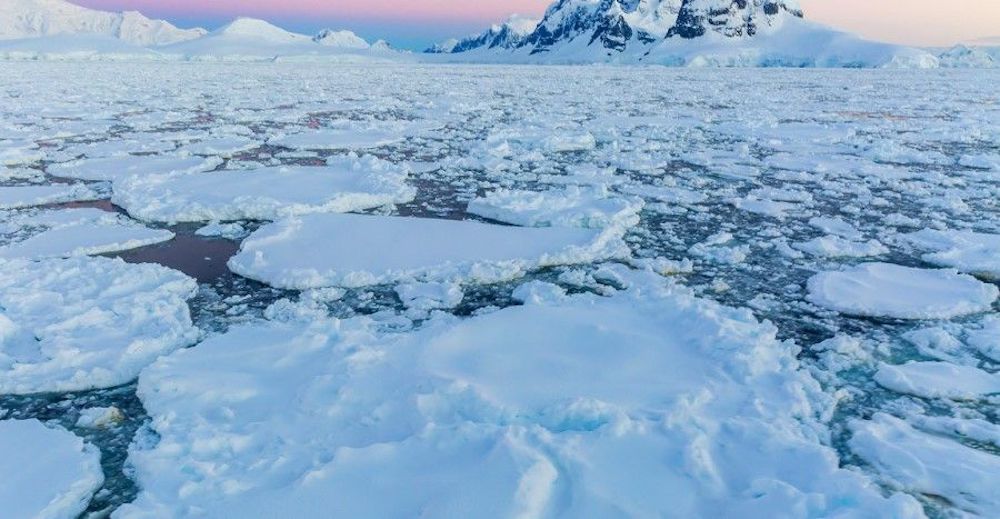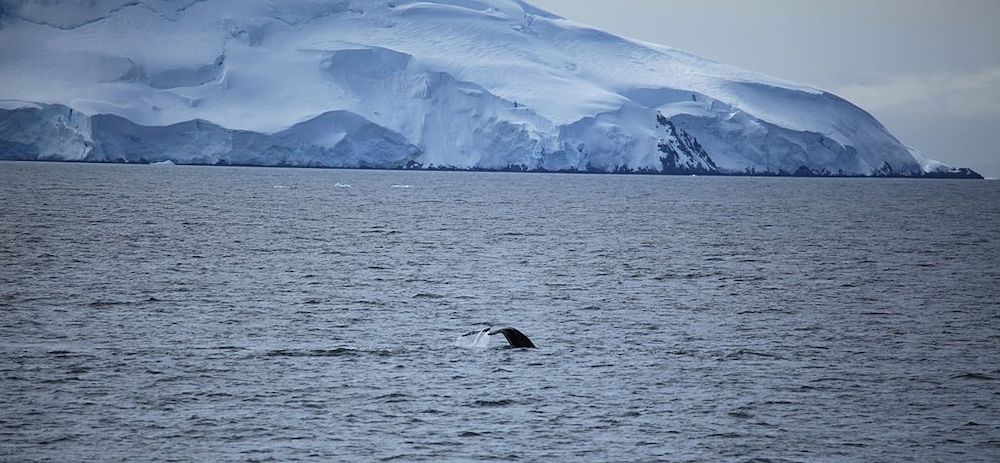Antarctica no More Pristine – Microplastics Found in Freshly Fallen Snow
University of Canterbury researchers found microplastic particles much small than rice grains in freshly fallen snow samples collected from different regions in Antarctica

Image: Plastic Free World
Panoramic Antarctica has been a pristine, mostly untouched wildness without any human interruptions for so long. That’s until the increased influx of humans and their omnipresent plastic material began to tarnish the frozen continent. A study mentions that Antarctica has five times greater microplastics in the waters than earlier presumptions. University of Canterbury researchers discovered pieces of plastics that are smaller than rice grains from the samples of snow collected from the Ross Ice Shelf, McMurdo Station, and the roadways of Scott Base in 2019.
The research findings are published in the scientific journal The Cryosphere. Earlier there was some optimism knowing that there are no microplastics in the world’s last untouched continent. But this discovery has left everyone astounded, with all hope of escaping the plastic shattered.
The Antarctic Ocean spreads across an area of 8.5 million square kilometers. The ocean also represents around 5.4 percent of the oceans on the earth. Even the marine ecosystem here is very vulnerable. Krill (shrimp-like small animal) is one of the vital and large components for whales, penguins, and seals.
However, with the discovery of microplastics in the region, it’s worrisome how krill mistake microplastics for food and ingest them. And, we all know that microplastics are potentially poisonous if consumed by animals.

Image: Plastic Soup Foundation
British researchers have also found all the available information on the presence of microplastics in the Antarctic Sea. According to them, around 500 kilograms of microbeads are from personal care products. Moreover, 25.5 billion synthetic fibers present in the waters are due to tourism, scientific activities, and fishing in this area. One thing that’s still not clear is whether microplastics flow to the Antarctic Sea from other oceans or come from any other sources.
While the scientific data does not reveal the exact quantities, it’s clear that microplastics are in every part of the Antarctic Ocean. It’s also present on the sea floor off the South Pole coast. According to research by Adventure Science, the sea around Antarctic Peninsula has around 22 pieces of microplastic per liter. There’s another study on the Southern Shetland Islands stating the discovery of around 766 plastic particles per square meter at varying depths between 6 and 11 meters.
On this serious issue, Dr. Catherine Waller, marine biologist and ecology expert at the British University of Hull, states that after this discovery, urgent research needs to be done in the region to know the exact quantities of microplastics in the Antarctic continent, as well as the ocean.
Via: The Guardian


